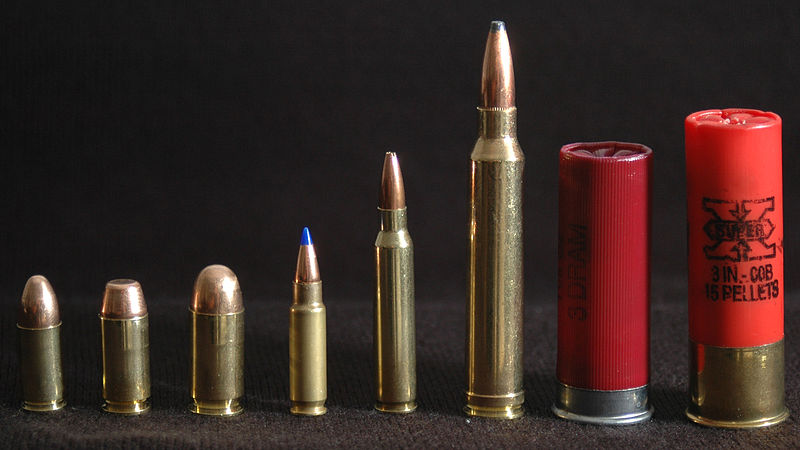Chris wrote:Is it undeserved bashing of the 9mm? If the benchmark of handguns is the 1911 of WWII, then what would those same US troops of the era say of being hit by a Luger or a Walther? The Germans carried twice as much ammo to the pound as the US troops did with their 45s. The whole reason they went 223 was to carry more ammo. Personally, in a military setting where help may not come immediately when it's needed 10 minutes ago, I'd take my chances with the smaller bullet and a greater quantity of ammo, than a larger bullet with ammo reduced by half.
Part of the issue is a change in the view of combat in general. Studies of rounds fired in previous wars led the high muckety mucks to believe that the troops needed to be able to carry more rounds, thus the need to go to a lighter gun and rounds. If WWI were taken as the benchmark and declared X number of rounds were fired per enemy casualty, then WWII Was X*10, and by the time we got to Viet Nam the round count was something like X*100. I am not intending to portray the actual round count, but I have heard that an Army Quartermasters' study came up with a count of around 3000 rounds expended per enemy casualty in the 'Nam, and working backwards WWII would be on the order of 300 and WWI about 30. And that would seem to correspond with changes in weaponry associated with those conflicts: WWI bolt action rifles; WWII semi-automatics are common in the second half; and in the 'Nam we transitioned from full auto M14s to smaller and lighter full auto M16s with their much larger ammo load.
My grandpappy (enlisted in 1913, made Brigadier General in 1944) used to decry the lack of fire discipline in troops during WWII. Shots were not carefully placed, but the rifle was pointed in the general direction of the enemy and the magazine emptied, and it got worse in the 'Nam where "spray and pray" was the watchword. The Army needed to have a gun with smaller bullets so troops could carry more to spray.
The same could not be generally said of pistols and ammo, as there was so little combat experience, ie battles were not completely fought with pistols, but the view in the military that the 1911 had long since passed its prime and that we needed to carry a round compatible with our allies in NATO, led to the adoption of the relatively wimpy 9mm when the average line soldier knew, who didn't carry one, knew, on testimony of his buddy/cousin/sister in law's brother's friend, that a .45 could knock you down just by hitting your finger and tear your entire arm off if it hit your hand, but that it was pure luck if it hit you at all because it was so totally inaccurate.
Combat has changed, and a lot of pistol rounds are being expended. Our troops are generally issued carbines, not rifles, and if you watch the YouTube videos of combat in the present day, you see an awful lot of rounds go down range without much aiming taking place, but the firefights that seem to end quickest seem to have less rounds fired. Spray and pray seems to still be a normal tactic, but aimed and controlled fire can be found out there as a strategy.
I think, as we see the military finally swing back to disciplined fire, we will see more of a shift back to the tried and true, and if our NATO allies want us to shoot compatible ammo, they will have to change their guns to match our, and besides, we have more of them.

